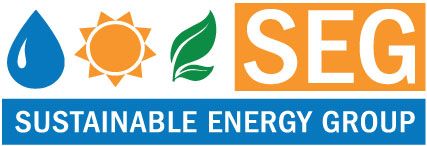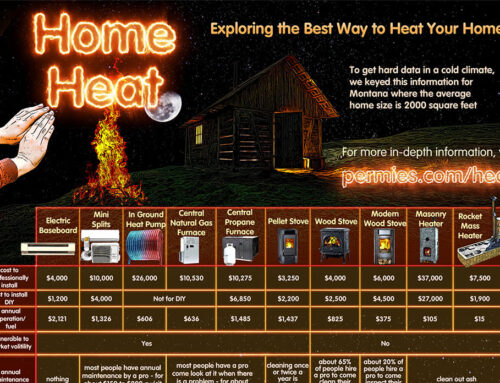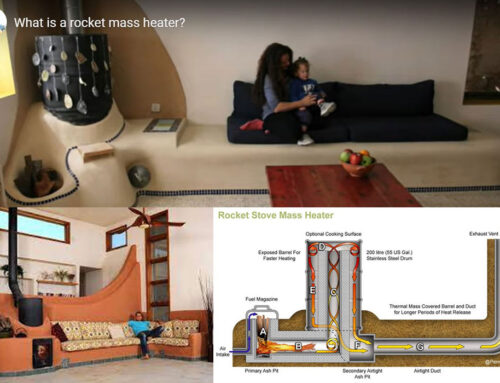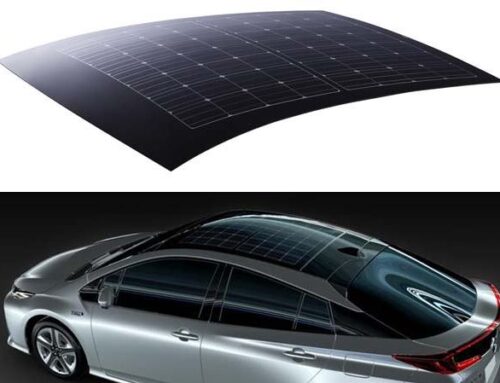The biggest reason a home burns in a wildfire
(read below to find out)
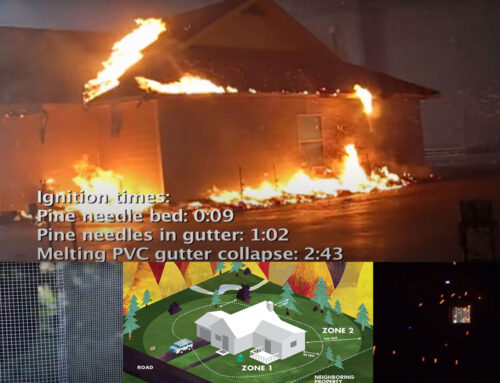


Please remember the Paradise fire happened in November.
“Take it from me, I have a lot of experience,” is a phrase you hope you will never be able to say when it comes to wildfires and the destruction of your own home. Unfortunately, many people in California can say exactly those words, and my experience comes from losing my home and organic farm in the Paradise fire a few years ago.
Our worries can become a terrible reality when wildfire happens to us and it sure did strike close to home with the Jones’ fire earlier this season. It is quite evident that not only do we need to manage our forests differently but we must also continue to step it up on our own homes and properties.
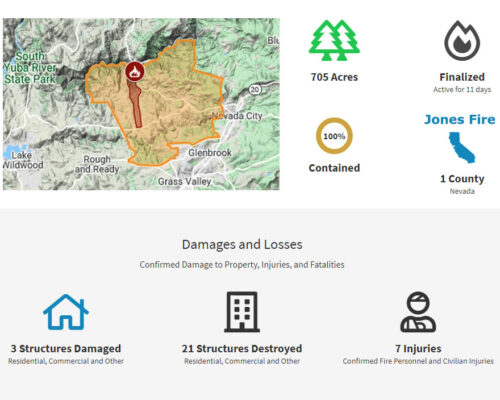


In the past few years following the Campfire a lot of information has be put out about wildfire protection. We have been learning what was done wrong, what we could do better and at the same time, here at SEG, thinking how we can help our community.
This week, we started a poll asking you, our local customers and readers, about what sort of services you would like SEG to add in the areas of fire protection, cleanup, reminders and security. Please take a moment and cast your vote to let us know what you need help with >>
Please note: The following article is a discussion of ideas and my personal interpretations of wildfire safety and to be clear, SEG is not the final say in matter. To get further informed from fire professionals, please read advise and materials from the Fire Safe Council of Nevada County, Fire Council of CA & Cal Fire and organizations like National Fire Protection Association (NFPA), Nevada County Coalition of Firewise Communities and interestingly enough the Insurance Institute for Business & Home Safety.
To understand what we can do, we have to start with why and how our homes catch fire.
How do homes burn?
- Embers landing on flammable materials on and around the home (Which is one of the biggest and not well known reasons!)
- Radiant heat of burning structures/objects nearby
- Direct flame contact from the fire front or nearby objects
Check out our “must see” videos and links which dive further into these concepts >>
Consider this:
- Burning embers can fly long distances (think miles) and land on and near your home. This is where gutter, eve and near/under your house clearing of flammable materials is important.
- If air can draft into your home in any fashion (air vents, under garage doors), embers can enter and start a fire inside the home.
A weekend project: 1. Seal garage door drafts. 2. Replace 1/4 inch mesh or larger with finer sized mesh screens to prevent embers from blowing inside your home.
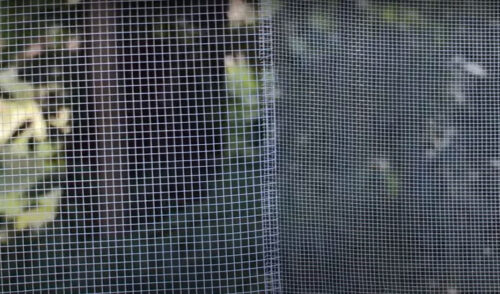


The left side is too big! Consider finer mesh like the right side.
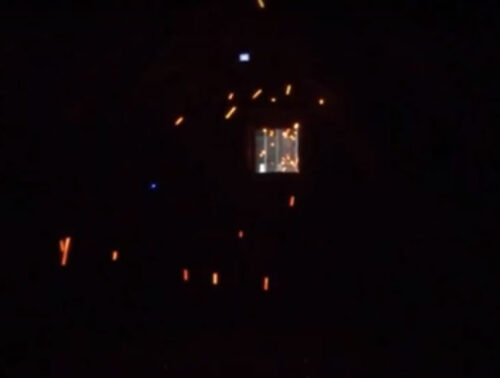


Embers entering and attic through a 1/4 inch mesh.
- Even a broom leaning against your home is a fire hazard. Think about that one. Fuel within 5 feet of your home could burn your house down.
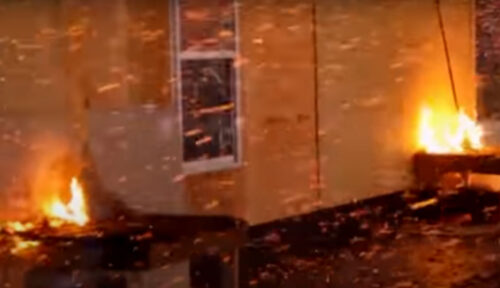


- In the case of my own home, although we loved our wooden fence for the dogs, it led the fire straight to our home. Again, fuel within 5 feet of the home is bad news for fires.
- When there is high winds and a lot of fuel around the home it can create intense high temperature fire. It’s like blowing into a bonfire to get it going. Watch some videos of fire passing through homes and forest to get an idea why 100 feet of defensible space makes sense. See videos here >>
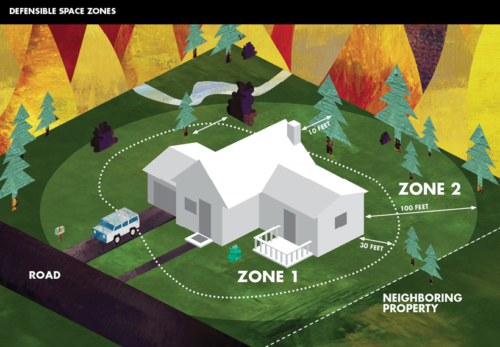


- Windows are some of the weakest points when it comes to fire entering a home. Under high heat windows can break and quickly draft air, embers and fire into the home. This can happen during a fire front and also when objects stays burning near and under a window.
- Gutters and eves with leaves and pine needles can burn just long enough to penetrate an old roof or burn long enough under the roof edges to potentially start a fire that can spread all over the home.
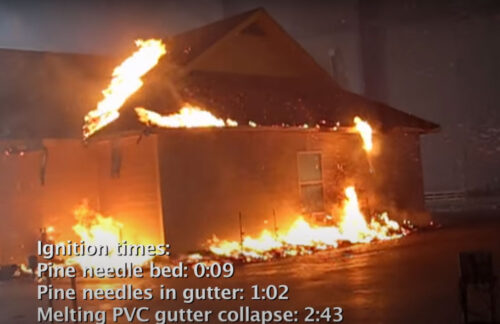


Pictures above from the National Fire Protection Association (NFPA)
A nearby home can burn for hours after the fire front comes through and send embers on and around your home. Herein lies the challenge to protect homes with roof sprinklers, as the water has to run for longer than the possibility of embers flying onto the home.
How can we protect our homes and property from fire in the most sustainable way possible?
A feature of sustainability is how long something will last versus how much energy it took to make it. That is why solar panels are a very sustainable home energy option. Solar panels produce clean energy for 25-30 or more years and their manufacturing carbon and environmental costs are offset in the first 2-3 years. This makes solar a lot more sustainable than burning coal, oil, and fracking for gas.
We can have a similar conversation about the sustainable way to protect a home from fire.
#1. It’s more sustainable to protect a home then have to rebuild it with new materials. The more work you do in mitigating fire risks on and around your home, the more likely it may be spared in a wildfire.
#2. If you have to rebuild, the more sustainable and fire safe option would be to do so with fire resistant methods. Often these methods can be less toxic and even more so if the builder focuses on natural building methods which are outlined in an article published also this month on Fires & Healthy Homes – Choosing Better Building Materials.
#3. Land clearing can also be done sustainably and that is why we may begin to offer that service. We believe we can do it well and most importantly, right for the environment and the creatures who also share the planet with us.
In conclusion:
We all feel the stress and worry when it comes to wildfires in the Sierra Foothills. Knowledge with implementation seems to be the logical step forward in protecting our community.
So again I ask… Do you need help implementing fire protection tasks and what would they be?
Please vote here and let us know …
##
From Grass Valley to Auburn to Nevada City to Penn Valley to Alta Sierra to Colfax and Lake of the Pines, please know that whatever extra service we choose to offer, we will maintain the highest level of quality and reliability we have always provided since starting Sustainable Energy Group in Nevada City, CA over 17 years ago! Thank you for sticking with us!
*This article is was a discussion of ideas and concepts and to be clear, SEG is not the final say in wildfire safety. To get further informed from fire professionals, please read research materials from the Fire Safe Council of Nevada County, Fire Council of CA & Cal Fire and organizations like National Fire Protection Association (NFPA), Nevada County Coalition of Firewise Communities and interestingly enough Insurance Institute for Business & Home Safety
